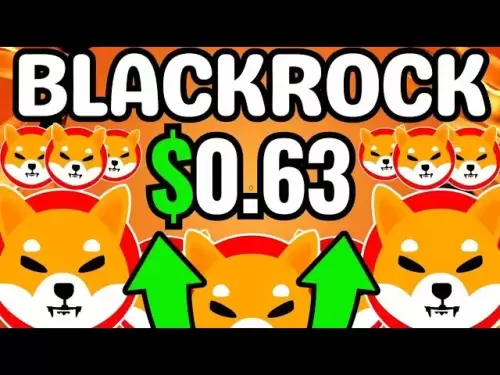-
 Bitcoin
Bitcoin $118000
-0.23% -
 Ethereum
Ethereum $3651
1.66% -
 XRP
XRP $3.423
-1.58% -
 Tether USDt
Tether USDt $1.001
-0.02% -
 BNB
BNB $742.8
0.69% -
 Solana
Solana $177.8
0.30% -
 USDC
USDC $0.9999
0.01% -
 Dogecoin
Dogecoin $0.2539
0.03% -
 TRON
TRON $0.3199
-1.74% -
 Cardano
Cardano $0.8382
0.59% -
 Hyperliquid
Hyperliquid $44.83
0.05% -
 Stellar
Stellar $0.4602
-1.49% -
 Sui
Sui $3.850
0.58% -
 Chainlink
Chainlink $18.62
2.56% -
 Hedera
Hedera $0.2681
0.97% -
 Avalanche
Avalanche $24.63
3.07% -
 Bitcoin Cash
Bitcoin Cash $522.5
0.96% -
 Shiba Inu
Shiba Inu $0.00001507
-0.80% -
 Litecoin
Litecoin $113.6
9.75% -
 UNUS SED LEO
UNUS SED LEO $8.994
0.24% -
 Toncoin
Toncoin $3.197
-0.43% -
 Polkadot
Polkadot $4.361
1.13% -
 Uniswap
Uniswap $10.45
1.41% -
 Monero
Monero $327.5
0.65% -
 Ethena USDe
Ethena USDe $1.001
-0.03% -
 Bitget Token
Bitget Token $4.992
-1.12% -
 Pepe
Pepe $0.00001355
0.67% -
 Dai
Dai $1.000
0.01% -
 Aave
Aave $322.6
0.15% -
 Bittensor
Bittensor $415.5
0.88%
What does the low-level secondary dead cross of KDJ mean? Is it necessary to stop loss?
A low-level secondary dead cross of KDJ in crypto trading signals continued bearish momentum, prompting traders to consider stop loss strategies based on risk tolerance.
May 22, 2025 at 06:28 pm
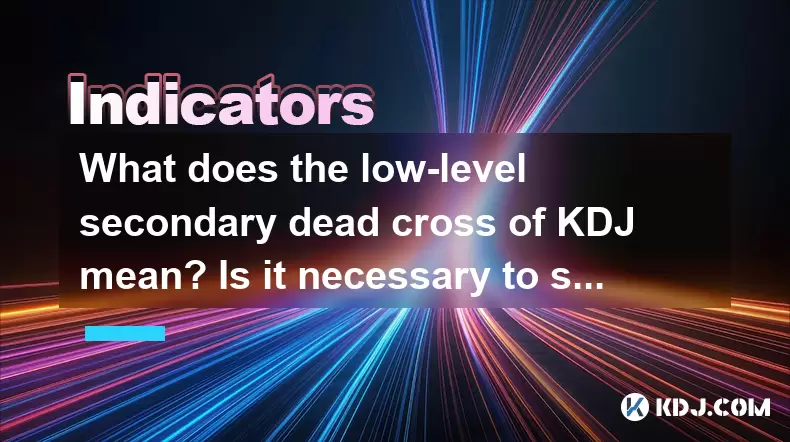
The low-level secondary dead cross of KDJ is a technical indicator used in cryptocurrency trading to signal potential bearish movements. The KDJ, or Stochastic Oscillator, is a momentum indicator that compares the closing price of a cryptocurrency to its price range over a certain period. A secondary dead cross occurs when the K line crosses below the D line after a previous dead cross, and this happening at a low level can be particularly significant.
Understanding the KDJ Indicator
The KDJ indicator consists of three lines: the K line, the D line, and the J line. The K line is the fastest, followed by the D line, and the J line is the slowest. The KDJ values range from 0 to 100, and the indicator is used to identify overbought and oversold conditions. When the K line crosses below the D line, it is known as a dead cross, signaling a potential downward trend. A secondary dead cross happens when this crossover occurs again after the initial dead cross.
What is a Low-Level Secondary Dead Cross?
A low-level secondary dead cross refers to a situation where the KDJ indicator shows a secondary dead cross when the values are already at a low level, typically below 20. This indicates that the cryptocurrency is in an oversold condition and may be due for a rebound. However, it also suggests that the bearish momentum is still strong, and the price may continue to decline.
Implications of a Low-Level Secondary Dead Cross
When a low-level secondary dead cross occurs, it can be a warning sign for traders. It suggests that the downward trend is continuing and that the cryptocurrency may experience further price drops. Traders who are holding long positions may need to consider their strategies, including the possibility of stop loss.
Is It Necessary to Stop Loss?
Whether it is necessary to stop loss after a low-level secondary dead cross depends on several factors, including the trader's risk tolerance, trading strategy, and the overall market conditions. Here are some considerations:
- Risk Tolerance: If a trader has a low risk tolerance, they may choose to implement a stop loss to protect their capital from further losses.
- Trading Strategy: Some trading strategies may involve holding through bearish periods in anticipation of a rebound. In such cases, a stop loss might not be necessary.
- Market Conditions: The broader market conditions can also influence the decision. If the market is showing signs of a broader downturn, a stop loss might be more advisable.
How to Implement a Stop Loss
If a trader decides to implement a stop loss after a low-level secondary dead cross, here are the steps to follow:
Determine the Stop Loss Level: Decide on the price level at which the stop loss will be triggered. This could be a percentage below the current price or a specific support level.
Set the Stop Loss Order: Use the trading platform to set a stop loss order at the chosen level. Here are the detailed steps:
- Log into your trading platform.
- Navigate to the cryptocurrency you are trading.
- Select the option to set a stop loss order.
- Enter the stop loss price level.
- Confirm the order.
Monitor the Market: Keep an eye on the market to see if the stop loss is triggered. If the price reaches the stop loss level, the order will be executed, and the position will be closed.
Analyzing Other Indicators
While the KDJ indicator can provide valuable insights, it is important not to rely on it alone. Traders should also consider other technical indicators and market analysis tools to get a more comprehensive view of the market. Some additional indicators to consider include:
- Moving Averages: These can help identify trends and potential reversal points.
- Relative Strength Index (RSI): This can confirm overbought or oversold conditions.
- Volume: High trading volume can confirm the strength of a trend.
Case Studies of Low-Level Secondary Dead Crosses
To better understand the impact of a low-level secondary dead cross, let's look at some case studies from the cryptocurrency market:
- Bitcoin (BTC) in 2020: In March 2020, Bitcoin experienced a significant drop in price. A low-level secondary dead cross on the KDJ indicator signaled continued bearish momentum, and many traders implemented stop losses to mitigate their losses.
- Ethereum (ETH) in 2018: During the bear market of 2018, Ethereum saw multiple low-level secondary dead crosses. These signals helped traders anticipate further declines and adjust their strategies accordingly.
Conclusion
A low-level secondary dead cross of KDJ is a critical signal for cryptocurrency traders, indicating that a bearish trend may continue. Whether to implement a stop loss depends on individual trading strategies and risk tolerance. By understanding the implications of this indicator and combining it with other analysis tools, traders can make more informed decisions.
Frequently Asked Questions
Q1: Can a low-level secondary dead cross occur in a bullish market?
A1: While it is less common, a low-level secondary dead cross can occur in a bullish market if the cryptocurrency experiences a temporary pullback. However, the broader market context is crucial in interpreting such signals.
Q2: How often should I check the KDJ indicator?
A2: The frequency of checking the KDJ indicator depends on your trading style. For day traders, checking it multiple times a day may be necessary, while swing traders might check it less frequently, such as daily or weekly.
Q3: Are there any specific cryptocurrencies where the KDJ indicator is more effective?
A3: The effectiveness of the KDJ indicator can vary across different cryptocurrencies. It tends to be more reliable for cryptocurrencies with higher liquidity and trading volume, such as Bitcoin and Ethereum, as these assets have more data points for accurate analysis.
Q4: Can the KDJ indicator be used for short-term trading?
A4: Yes, the KDJ indicator can be used for short-term trading. Its sensitivity to price movements makes it suitable for identifying short-term overbought and oversold conditions, which can be useful for day traders and scalpers.
Disclaimer:info@kdj.com
The information provided is not trading advice. kdj.com does not assume any responsibility for any investments made based on the information provided in this article. Cryptocurrencies are highly volatile and it is highly recommended that you invest with caution after thorough research!
If you believe that the content used on this website infringes your copyright, please contact us immediately (info@kdj.com) and we will delete it promptly.
- Shanghai Court Tackles Illegal Tether Transactions: A Wake-Up Call for Crypto
- 2025-07-20 11:50:12
- Robinhood, Crypto, and Industry Reshaping: A New Era Dawns
- 2025-07-20 11:30:13
- Crypto, Altcoins, and Genius Clarity: Decoding the 2025 Bull Run
- 2025-07-20 10:50:12
- DOGE's Double Bottom: Is a $0.42 Target Really in Sight?
- 2025-07-20 10:30:12
- Cryptos Surge: Decoding Market Gains & Top Performing Assets
- 2025-07-20 10:30:12
- Shiba Inu, Market Cap, and Troller Cat: A Meme Coin Mashup for the Ages
- 2025-07-20 10:50:12
Related knowledge
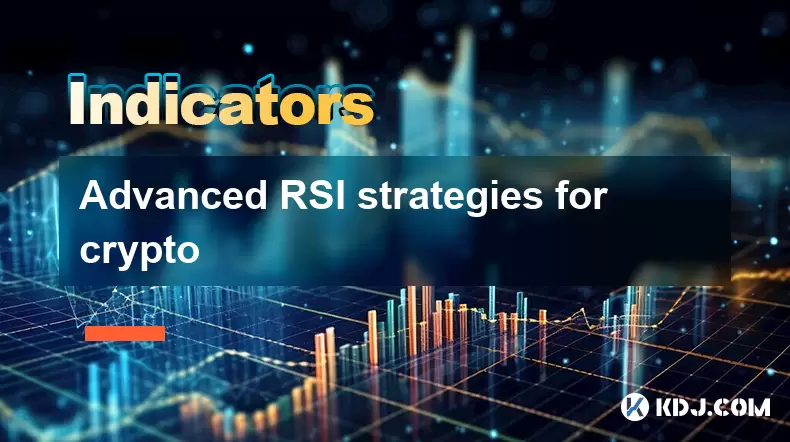
Advanced RSI strategies for crypto
Jul 13,2025 at 11:01am
Understanding the Basics of RSI in Cryptocurrency TradingThe Relative Strength Index (RSI) is a momentum oscillator used to measure the speed and chan...
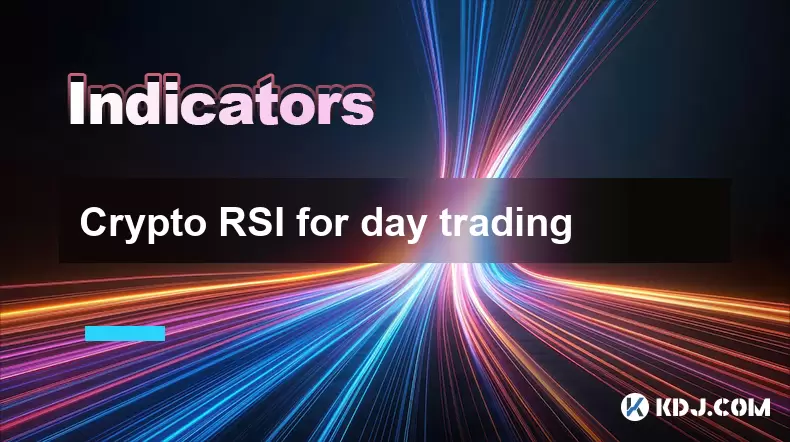
Crypto RSI for day trading
Jul 12,2025 at 11:14am
Understanding RSI in the Context of Cryptocurrency TradingThe Relative Strength Index (RSI) is a momentum oscillator used to measure the speed and cha...
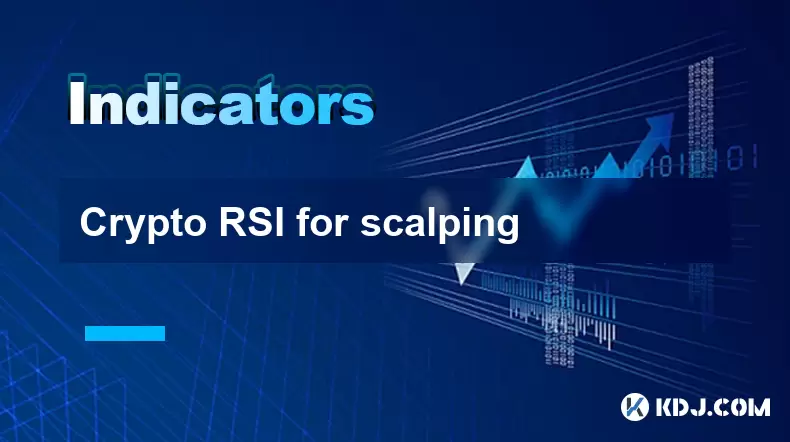
Crypto RSI for scalping
Jul 12,2025 at 11:00pm
Understanding RSI in the Context of Crypto TradingThe Relative Strength Index (RSI) is a momentum oscillator widely used by traders to measure the spe...
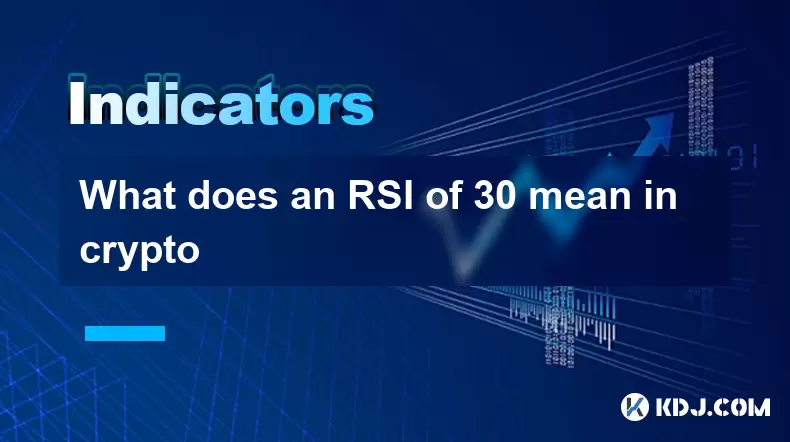
What does an RSI of 30 mean in crypto
Jul 15,2025 at 07:07pm
Understanding RSI in Cryptocurrency TradingRelative Strength Index (RSI) is a momentum oscillator widely used in cryptocurrency trading to measure the...
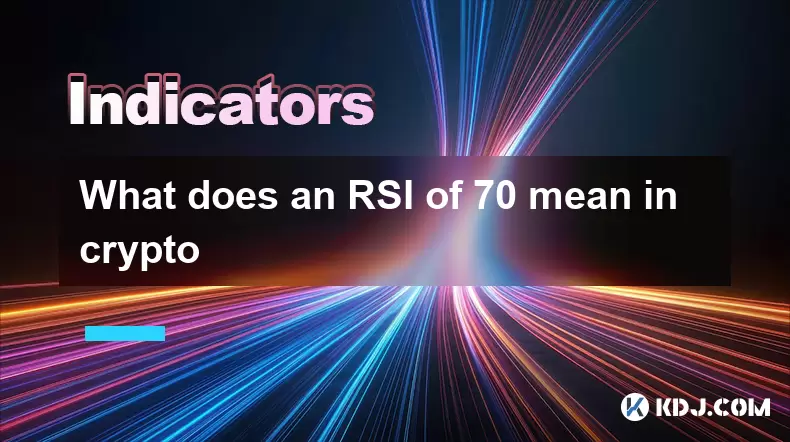
What does an RSI of 70 mean in crypto
Jul 13,2025 at 06:07pm
Understanding the RSI Indicator in Cryptocurrency TradingThe Relative Strength Index (RSI) is a widely used technical analysis tool that helps traders...
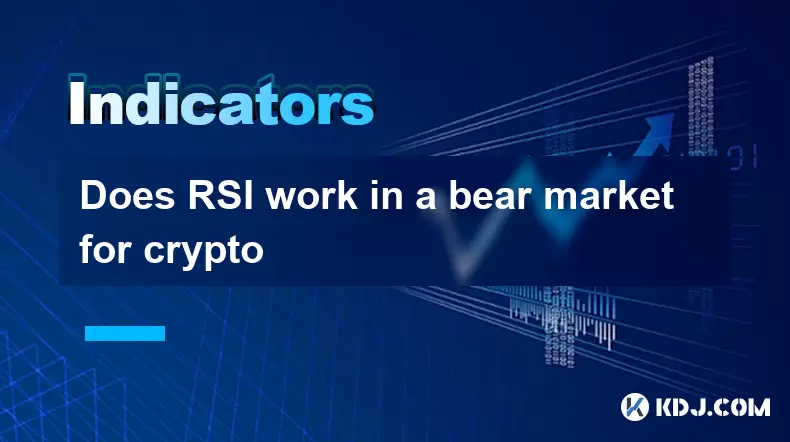
Does RSI work in a bear market for crypto
Jul 16,2025 at 01:36pm
Understanding RSI in Cryptocurrency TradingThe Relative Strength Index (RSI) is a momentum oscillator used by traders to measure the speed and change ...

Advanced RSI strategies for crypto
Jul 13,2025 at 11:01am
Understanding the Basics of RSI in Cryptocurrency TradingThe Relative Strength Index (RSI) is a momentum oscillator used to measure the speed and chan...

Crypto RSI for day trading
Jul 12,2025 at 11:14am
Understanding RSI in the Context of Cryptocurrency TradingThe Relative Strength Index (RSI) is a momentum oscillator used to measure the speed and cha...

Crypto RSI for scalping
Jul 12,2025 at 11:00pm
Understanding RSI in the Context of Crypto TradingThe Relative Strength Index (RSI) is a momentum oscillator widely used by traders to measure the spe...

What does an RSI of 30 mean in crypto
Jul 15,2025 at 07:07pm
Understanding RSI in Cryptocurrency TradingRelative Strength Index (RSI) is a momentum oscillator widely used in cryptocurrency trading to measure the...

What does an RSI of 70 mean in crypto
Jul 13,2025 at 06:07pm
Understanding the RSI Indicator in Cryptocurrency TradingThe Relative Strength Index (RSI) is a widely used technical analysis tool that helps traders...

Does RSI work in a bear market for crypto
Jul 16,2025 at 01:36pm
Understanding RSI in Cryptocurrency TradingThe Relative Strength Index (RSI) is a momentum oscillator used by traders to measure the speed and change ...
See all articles

























